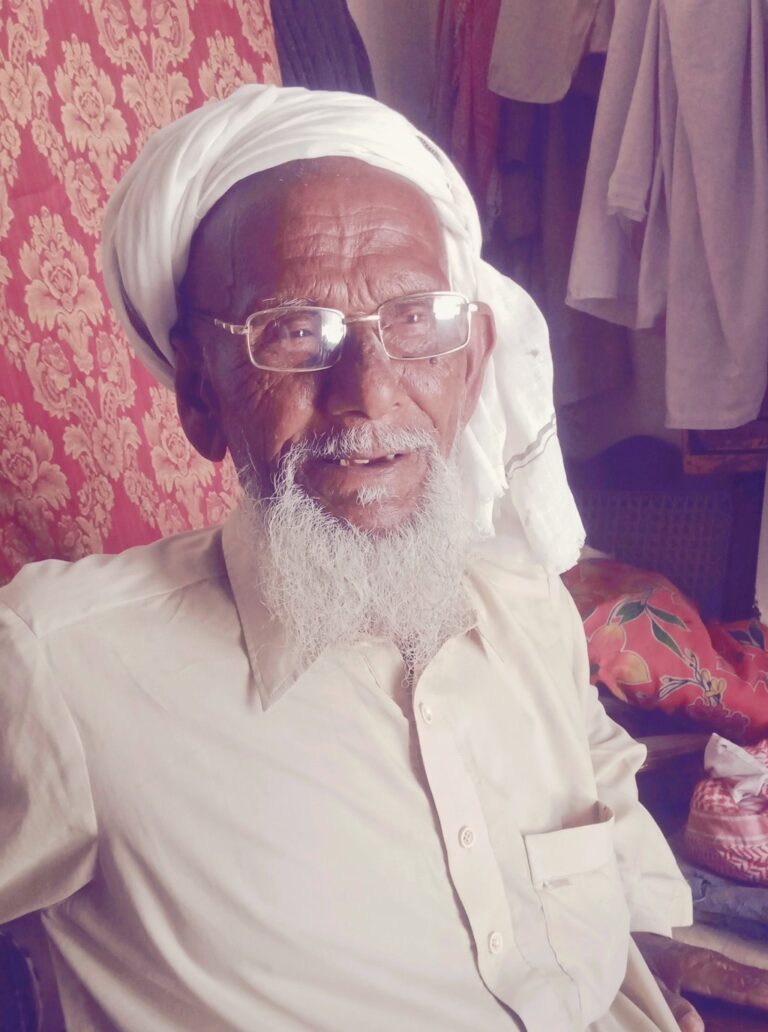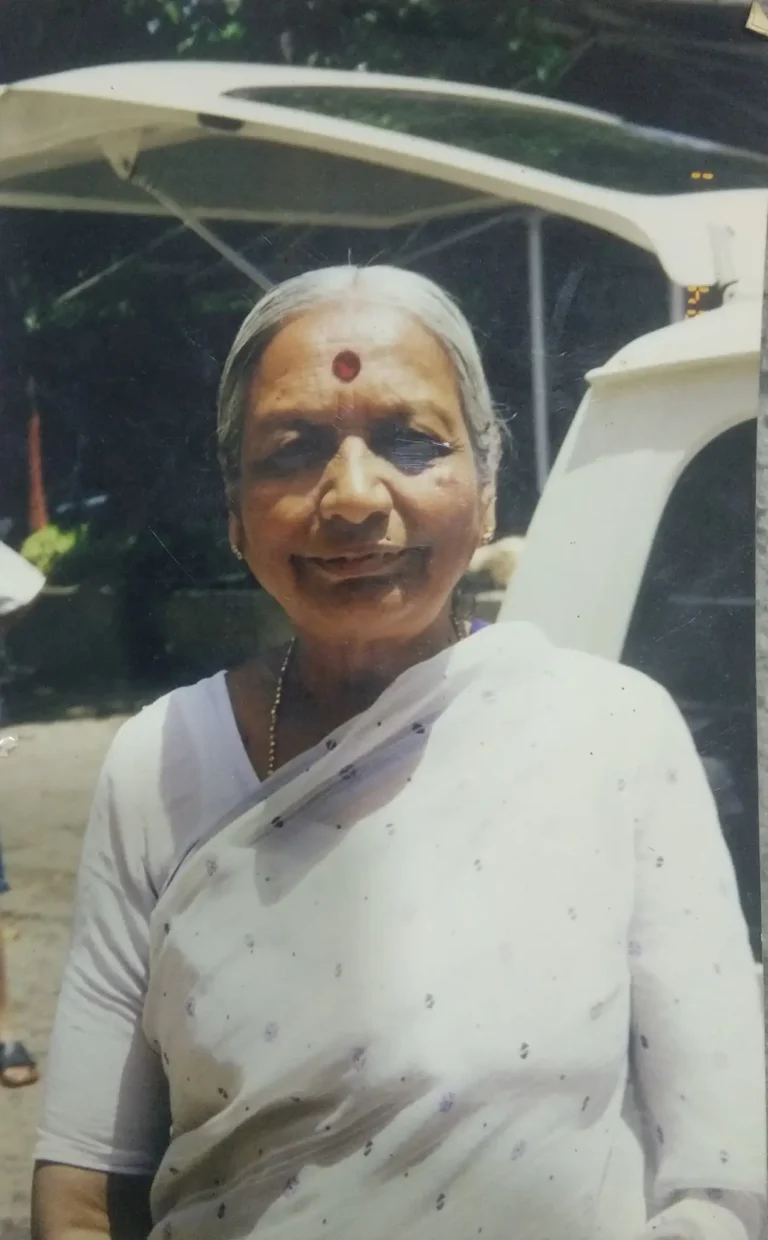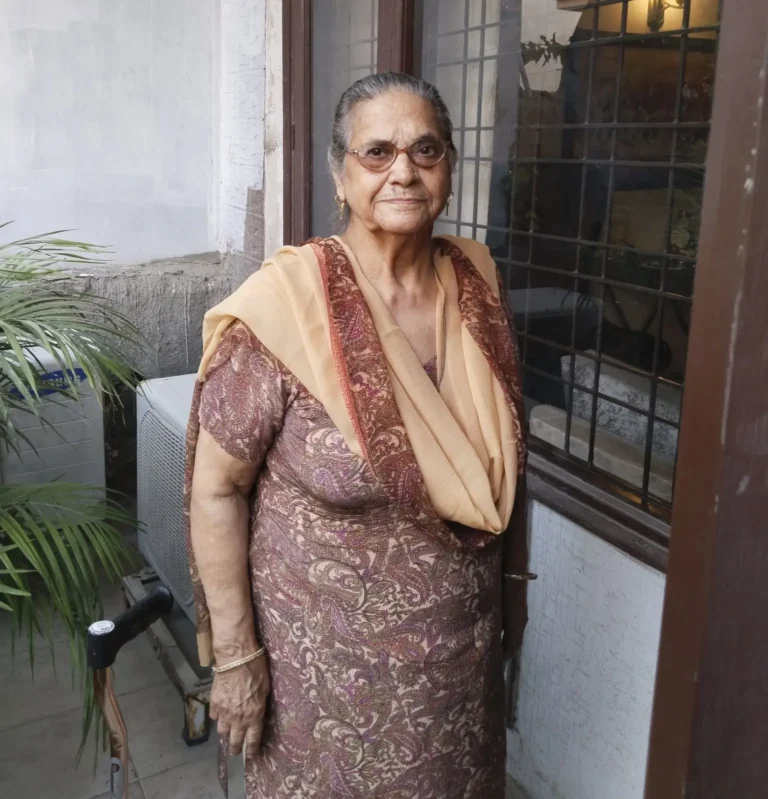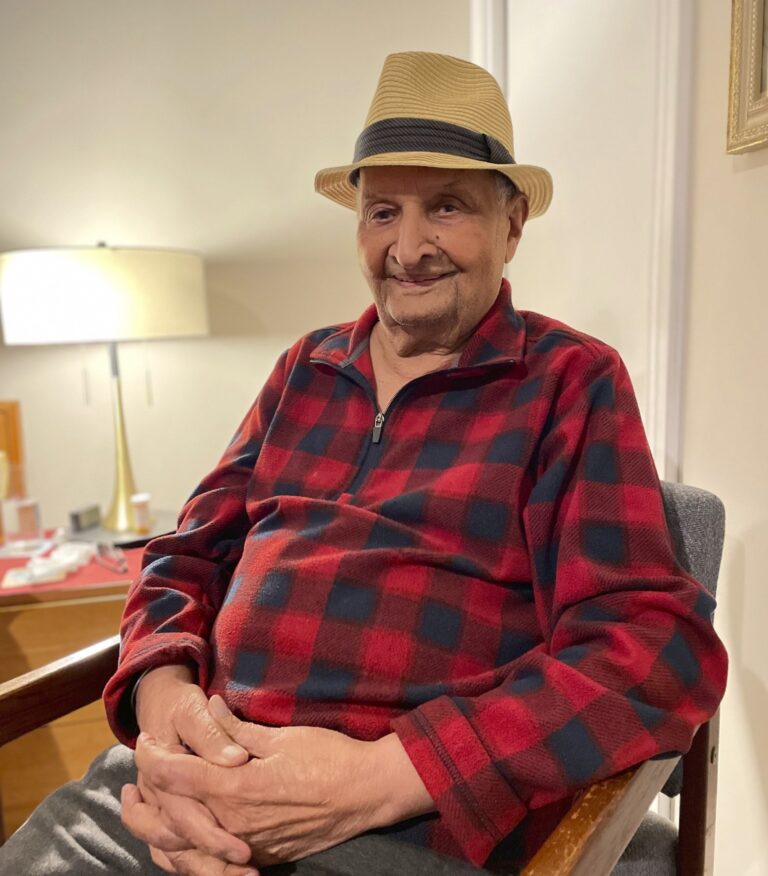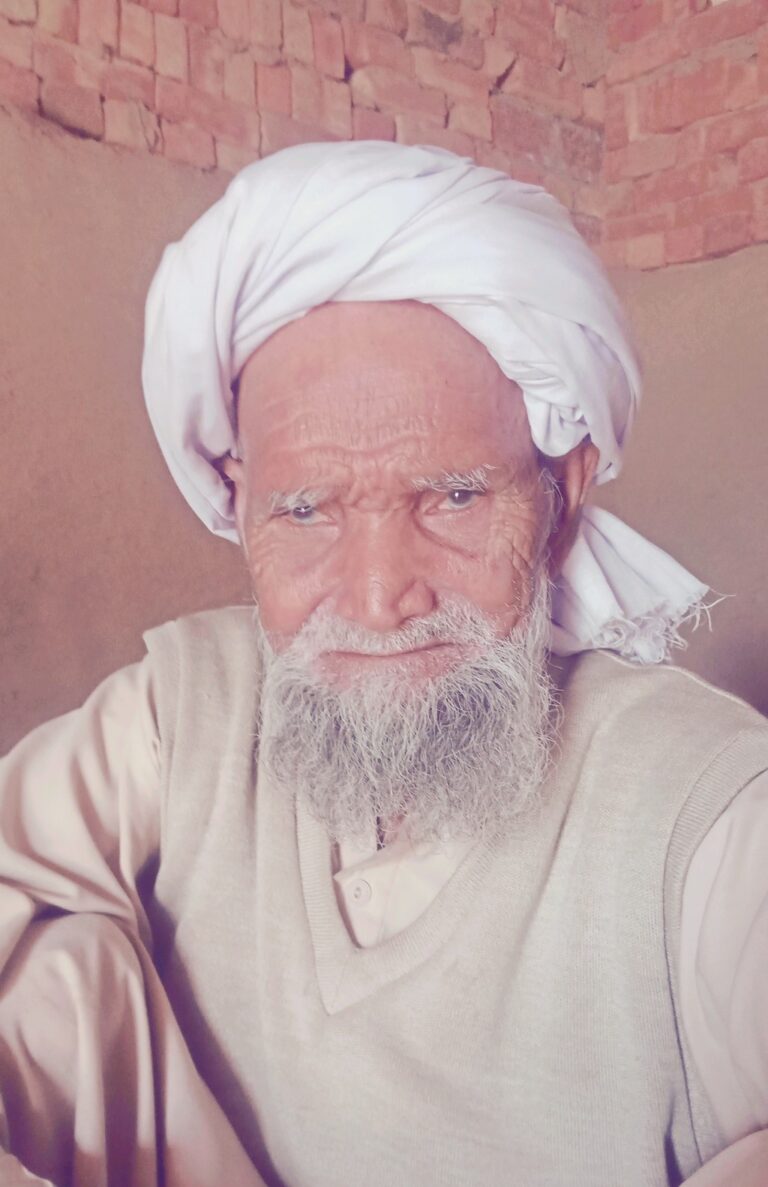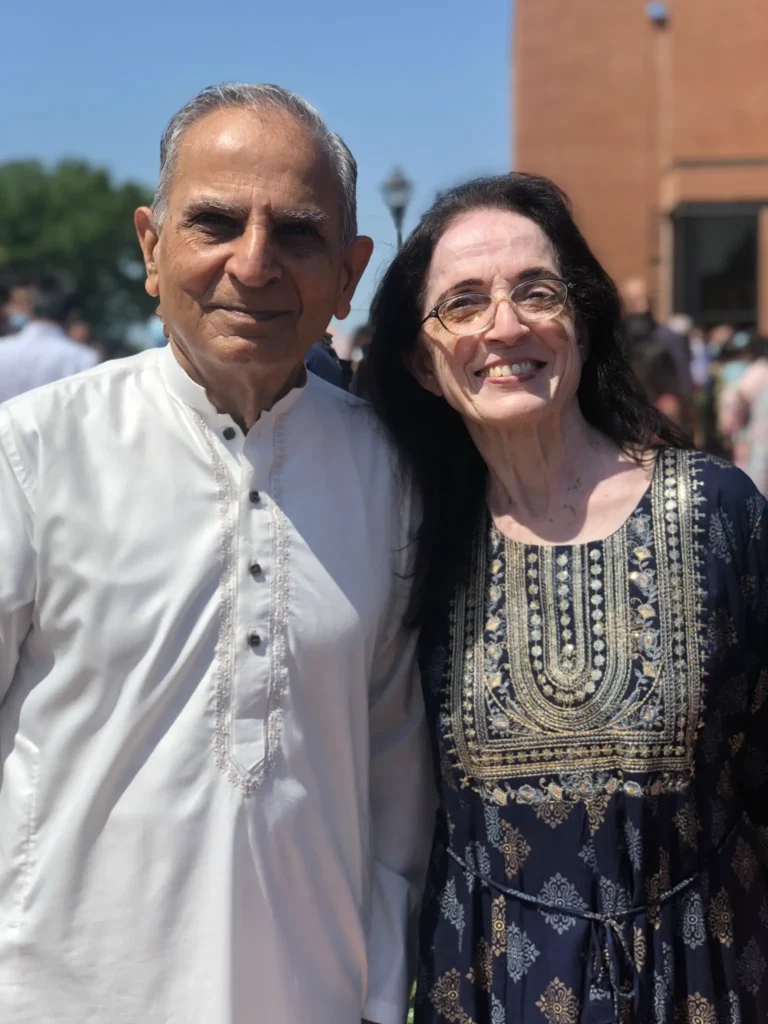Story:
I was also called Patty and was born in 1926 on Sumsay Estate, Connoor, Mysore (now Mysuru). My family members were tea makers, and I spent my childhood in the tea and coffee estates. I never saw myself working in the tea estate. I recall the process of collecting tea leaves and sending them to the tea factory to make the final product and how trading happened. Visiting the coffee estates in Munnar, Kerala, which belonged to my uncles was a sought-after event in my calendar.
I vaguely remember my grandmother who was Portuguese. My house was on a hill slope and was in two halves where one part was assigned for living and the other was for cooking. I recall having our family house on top of the hill while the coolies (porters) resided on the lower part of the hill and maintained their distance with the owners and tea makers on the estate. Water was procured from the waterfall which was connected to our family tub via a channel made out of the bark of several trees. I recall enjoying tomatoes, fruits and honey and all kinds of meat. Climbing trees and swimming were some of my favourite activities as a child.
Having spent a major part of my childhood in the boarding school of St. Michael’s European and Anglo-Indian Boys High School, I was not really closely connected to my parents and siblings. The boarding school routine was strict, by only allowed us to spend two months of summer break at home. My school was at quite a distance which was mostly covered by a neighbour’s car via Coorg. I was a mischievous student at the boarding school and was never given the responsibility to say the rosary. I admired the strict disciplined routine of the boarding school where we were taught several subjects along with French, which was taught mostly by Italian fathers.
World War II broke out in 1939, and we were dying to go to the war. The Naval recruitment team came to our school and selected two boys, me and my friend, Alfred Sinkhla to join the navy. My first training was in HIMS Bahadur, Karachi, where I successfully completed my course. Four hours work and eight hours off was the regular work cycle, and I preferred playing hockey in my spare time. My next posting was in Cochin (now Kochi) where my duty was to look out for enemy ships and detect the presence of any. I was then transferred to several ships like HIMS Godavari and went to Singapore to fight the Japanese.
I actively participated in the Royal Indian Navy (RIN) Mutiny of 1945. I was in the Communications Centre and played an important role in disseminating the news of the strike in several naval bases from HIMS Talwar, Colaba. I believe that the mutiny speeded up the process of granting independence to India. The strike shattered one of the strongest pillars of the British Empire, awakening British Officers that they should go easy with Indians. The local people in the Colaba area helped to make this strike a successful one.
Post war, I was given the option to join the navy or free myself from the Defence service. I chose the latter option and enrolled myself in an Engineering course in 1946 after which I sought employment in the newly founded Chittaranjan Locomotives, Asansol which is a state-owned electric locomotive manufacturer based in India. It is one of the largest locomotive manufacturers in the world. I had to learn Bengali. My job entailed me to take up a special course in Glasgow, London where I went by ship. On my way back, I visited Karachi once again and was reminded of the war times. The idea of transfer of population in 1947 was absurd and shouldn’t have happened. I introduced the system of rate fixing in my company for which I was awarded as well.
I later married and was blessed with two children who are now well settled in Lucknow. The future generations in India should work with the Government and not against it to promote India’s progress

